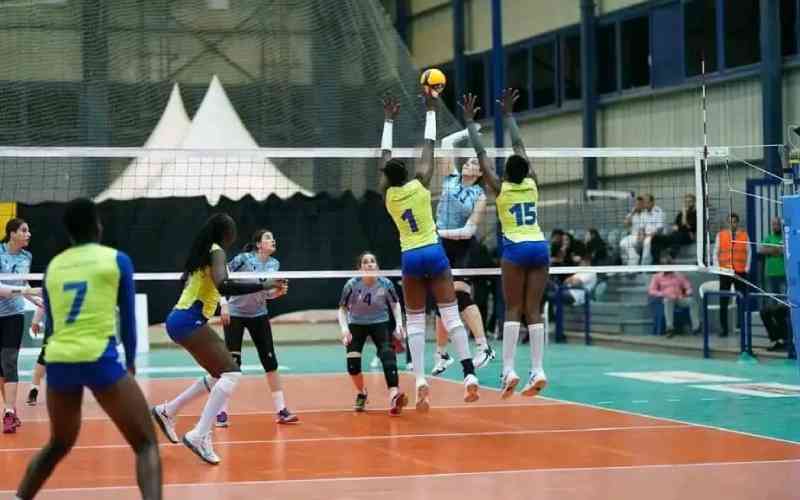Kenya has been feted for her efforts at fighting malaria, a disease that kills more people in Africa every year than HIV and Aids.
In the din of political standoffs and ethnic alliances, it is easy to forget that there is more going on out there besides politics.
The African Leaders Malaria Alliance award from the African Union is a recognition that anti-malaria efforts in the country have borne fruit. But the plaudits were not reserved for Kenya alone, as Uganda, Guinea and Tanzania were also awarded.
Cutting child mortality rates from malaria by 44 per cent in five years is significant, but there is growing concern whether Kenya can maintain that momentum. The malaria control interventions have been a huge success, partly because of partnerships between the Government and the private sector to provide treated mosquito nets at almost every clinic in all constituencies, as well as training on how to use them.
The change to Artemisinin-based drugs also helped.
But now there are growing worries that funding levels for malaria interventions are squeezed, which could make a mockery of efforts to attain the target of 80 per cent of children under five years and pregnant women sleeping under treated bed nets.
The shortfall is Sh9.6 billion annually. Fewer treated nets will be distributed this year, compared to the last, yet data shows malaria is still the leading killer disease in the country.
So before we get carried away by the chest thumping, a reality check may be in order.
Yes, we have made significant headway as a nation in saving millions of lives over the years, but there are still many things wrong with the system that need to be fixed. For instance, it is not hard to see why the funds for fighting malaria are drying up. Just the other day, we reported that Kenya is being investigated over the misuse of money meant for fighting HIV and Aids as well as a host of diseases, including tuberculosis and malaria.
On average, the Government buys 17 million artemisinin-based combination therapy (ACT) drugs annually at a cost of $30 million dollars (Sh2.4 billion).
THEFT OF DRUGS
The money from the Global Fund has formed the largest share of the Government’s contribution to the anti-malaria efforts.
It appears malaria drugs bought with money from the Fund ended up in private clinics or in markets here and in Uganda, DRC and Tanzania, among other regional states.
Theft of drugs from Government stores is still rampant and is an organised affair with links to drug merchants across the continent.
One report says over a third of the new line anti-malaria drugs sold are stolen from Government stores. The best way to fight these cartels is to loosen the laws do allow local production of drugs seen as critical to the battle against malaria, tuberculosis and HIV and Aids.
Stay informed. Subscribe to our newsletter
Another stumbling block is the huge number of counterfeit or useless anti-malarial drugs in the market.
A study, Africa Fighting Malaria, released two years ago established that indeed there was a flood of ineffective or counterfeit drugs in the country.
This was backed up by an earlier study by the Government that also revealed mono-therapy treatments are no longer effective for combating malaria, hence the adoption of ACT drugs.
Attacking this problem will depend, among other things, on the Government completing reforms at the Judiciary and the police, and tightening weak legislation that sees suspects remain free or walk of with light sentences.
 The Standard Group Plc is a
multi-media organization with investments in media platforms spanning newspaper
print operations, television, radio broadcasting, digital and online services. The
Standard Group is recognized as a leading multi-media house in Kenya with a key
influence in matters of national and international interest.
The Standard Group Plc is a
multi-media organization with investments in media platforms spanning newspaper
print operations, television, radio broadcasting, digital and online services. The
Standard Group is recognized as a leading multi-media house in Kenya with a key
influence in matters of national and international interest.
 The Standard Group Plc is a
multi-media organization with investments in media platforms spanning newspaper
print operations, television, radio broadcasting, digital and online services. The
Standard Group is recognized as a leading multi-media house in Kenya with a key
influence in matters of national and international interest.
The Standard Group Plc is a
multi-media organization with investments in media platforms spanning newspaper
print operations, television, radio broadcasting, digital and online services. The
Standard Group is recognized as a leading multi-media house in Kenya with a key
influence in matters of national and international interest.









